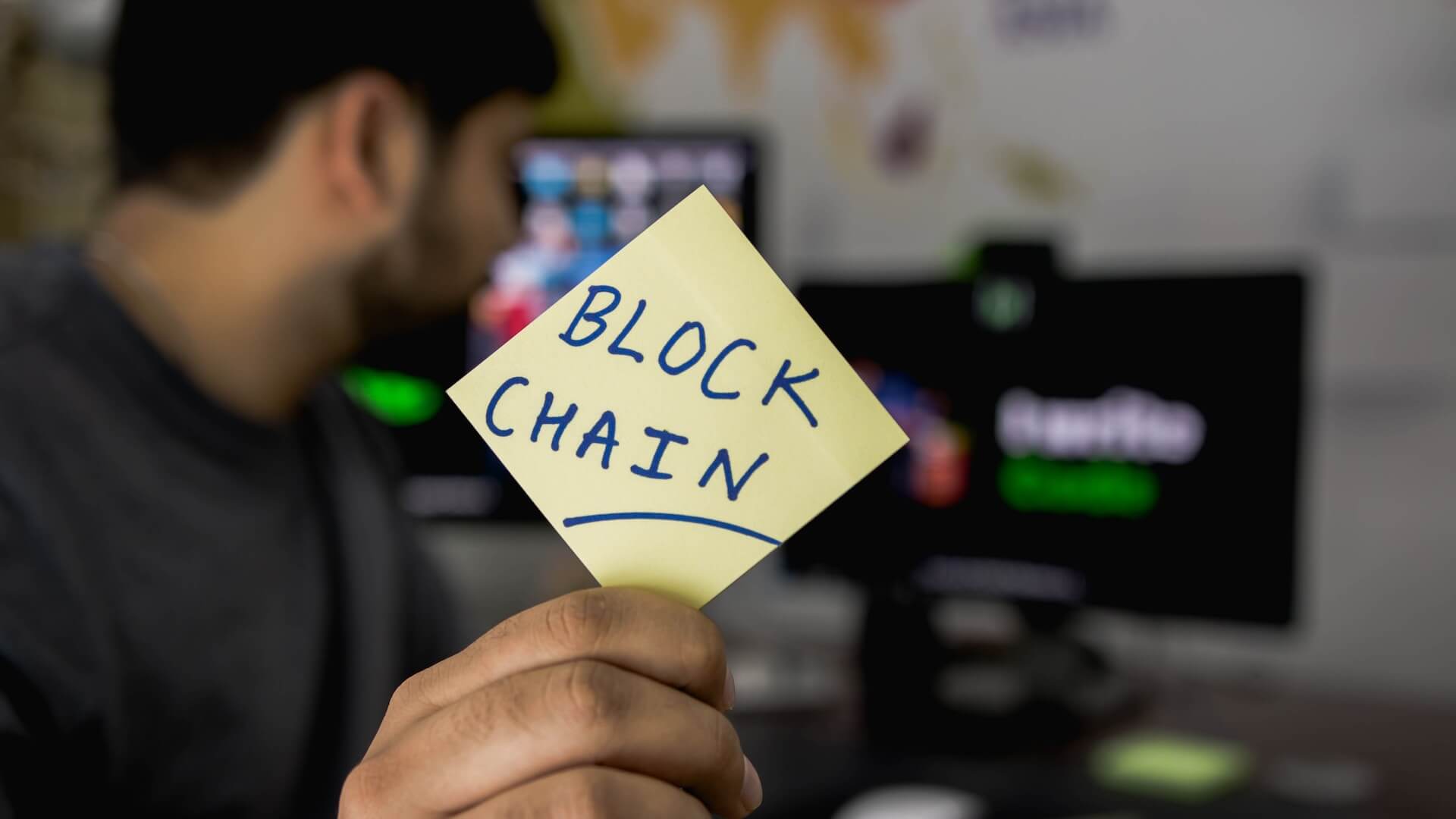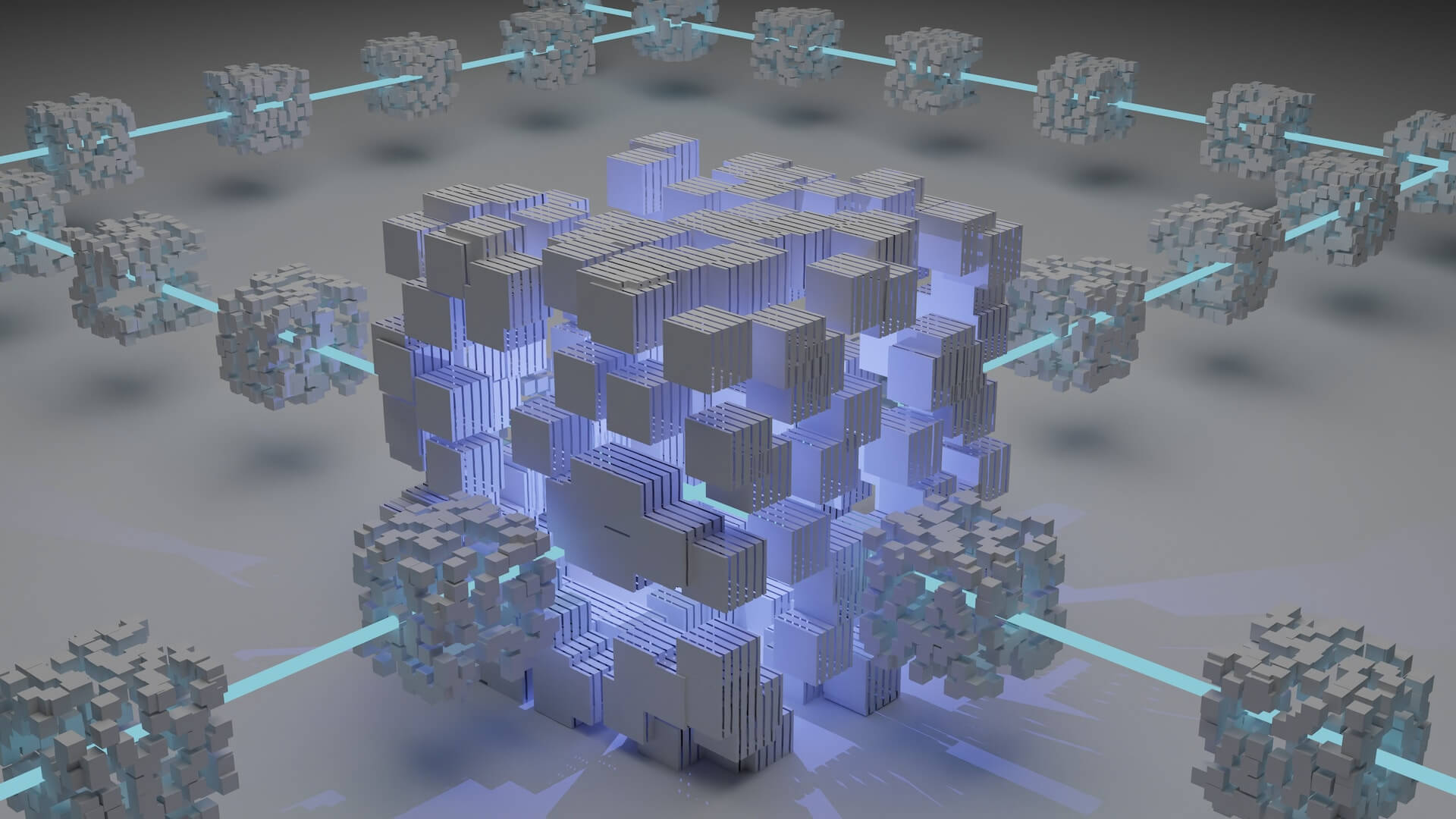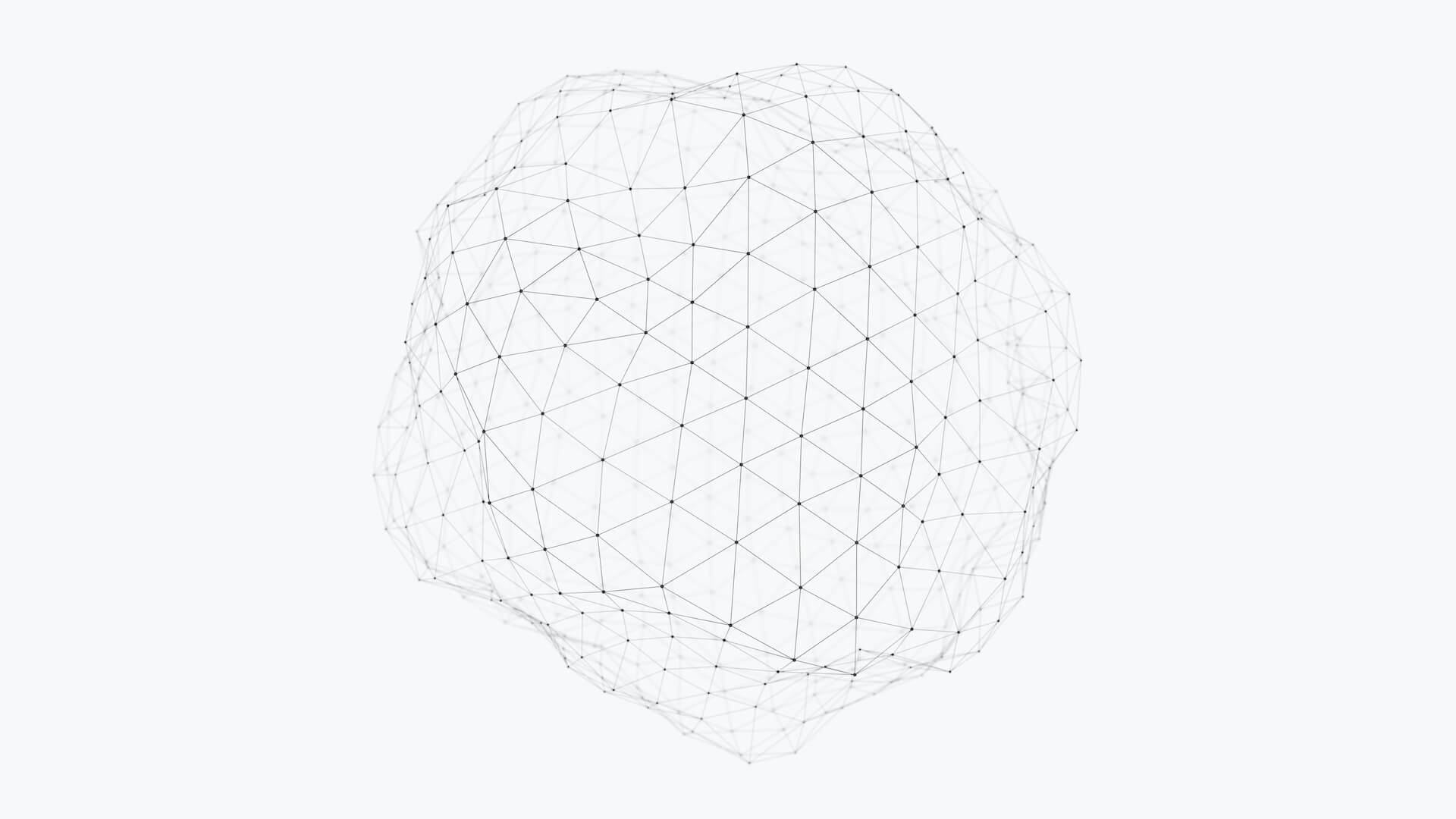
The public chain Polygon, with its daily active users exceeding the number of Ether and its overall market capitalization exceeding the $10 billion mark, has three major reasons behind its current success.
Reason #1:
Exchange FTX Collapsed and Users' Demand for Transferring Funds Soared
The story begins with the collapse of exchange FTX in early November 2022, when users rushed to transfer funds stored in FTX. Too many transaction requests were waiting to be processed, causing the Gas fee on the Ether blockchain to skyrocket, and Polygon, with its low fees, became a popular alternative channel for users.
Gas fee on the blockchain is determined by supply and demand, and it rises when there is too much demand. However, even though the volume of transactions processed is twice that of Ether over the same period, Polygon's total daily fees are still far less than 40 to 100 times that of Ether over the same period. the exodus of users from FTX brought the first wave of growth in the number of daily active users for Polygon.
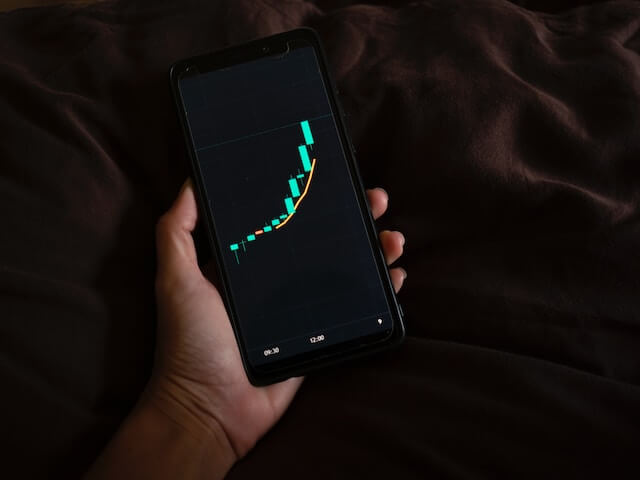
Reason #2:
Users Distrust Public Chain Solana
Solana, another famous public chain, received a lot of investment from FTX and Alameda in the early stage of its growth, and SBF, the founder of FTX, often promoted Solana on various occasions.
After the collapse of FTX, the market distrusted Solana's team, which had been close to SBF, and sold off its native token SOL in droves, while a large number of Defi, Gamefi, and NFT projectors on Solana's chain also left with the ecosystem's plunge.
Projectors looked for alternatives with the same fast processing speed and low fees as Solana, at which point Polygon became the first choice of projectors. In November 2022, NFT blue chip (meaning high and stable price) projects including y00ts were relocated to the Polygon chain, and these blue chip projects also brought new users to the Polygon chain.

Reason #3:
Zero Knowledge Ether VM Goes Live
On a product level, Polygon went live with a public test network for zkEVM, zero-knowledge Ethereum Virtual Machine in late 2022 and expects to go live to the main EtherNet in 2023.
Polygon claims that it will be the first zero-knowledge Layer 2 service on the market that is compatible with the Ethereum Virtual Machine, enabling seamless data connectivity between the Ethereum and Polygon chains, including smart contracts and wallets, and the ability for developer tools to collaborate seamlessly between the two chains. This product launch has also boosted investor confidence in Polygon, and the native token MATIC has risen.
Layer 2 Little Thesaurus: also known as off-chain expansion, the main function is to improve the scalability of the blockchain, the number of transactions per second, to solve the problem of Layer 1 expansion, the writing of smart contracts is also considered to be in the scope of Layer 2, the representative case is the blockchain platform Polygon.
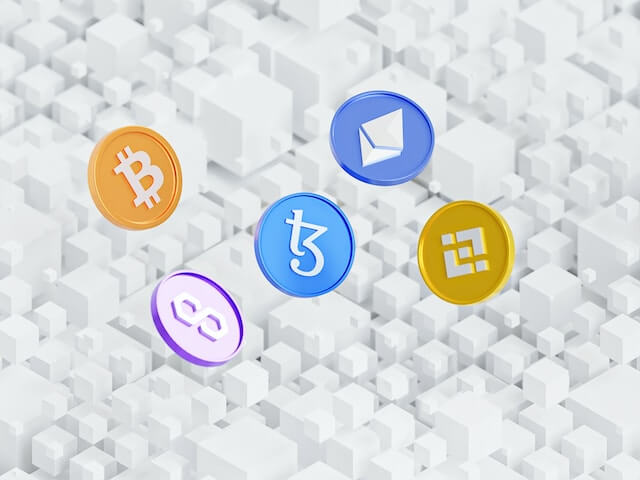
What is the public chain Polygon?
Polygon, formerly known as Matic Network, offers several Ether scaling solutions designed to solve the congestion-generating problems of slow transaction processing, high fees, etc. that Ether is currently experiencing. The team changed its name to Polygon in 2021 with the expectation that the team would expand its services to help solve the current blockchain challenges.
Polygon started out as a sidechain, and as it expanded its services, it moved towards Layer 2. Developers using Polygon can rollup the data of existing Ether nodes and transfer it to Polygon before adding new features.
This method of transferring data out of the main chain (Layer 1) and reducing the amount of information that the main chain needs to process can effectively reduce the burden on the Ethernet main chain, while maintaining the security guaranteed by Ethernet; in addition, its fast transaction speed and low fees have attracted a lot of projects to enter the market.
Layer 1: It is also known as on-chain capacity expansion, capacity expansion program, which can process and complete transactions. Currently, most public chains, such as bitcoin and ethereum, belong to the category of Layer 1, which is comparable to smart phones, such as ios and Android systems.


